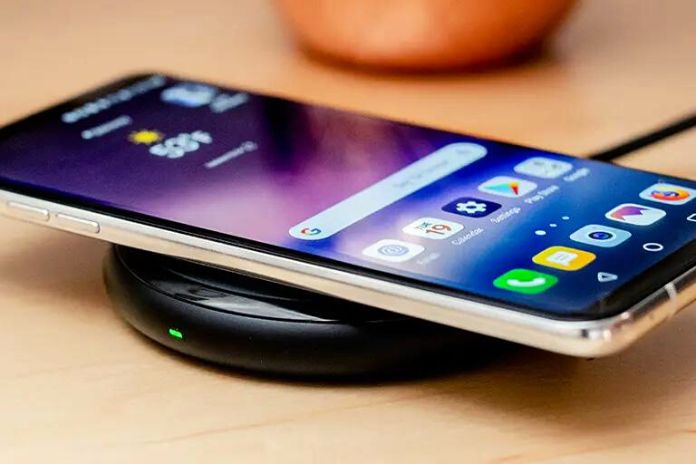Does friendship end with money and batteries? But not: many smartphones share their battery capacity wirelessly – only one is not entirely up to par. It’s a feature many smartphones support but still needs to be discovered. At Samsung, it’s called “Wireless PowerShare”. At Google, it’s simply “Battery Sharing”, and at Huawei, it’s “Wireless Reverse Charging”. The marketing departments could do it again when choosing a name, but the function scores even more in everyday life – after all, there is hardly anything more annoying than an empty battery and no way to charge it.
Please Put It On And Share
It has happened to almost everyone. We’re on the road, and our wireless headphones or smartwatch are running out of juice. Far and wide, no suitable charger in sight. Or is it? Rescue is at hand because many smartphones can inductively share their battery capacity with other compatible devices. Of course, this also works if we want to give a friend some energy for his sans smartphone, for example. To share the battery capacity, all you have to do is start the smartphone’s corresponding function, which will turn into a wireless charging station. We then place the empty wearable or smartphone on the back of the smartphone, and the charging process begins.
The charging coil of the smartphone, which is otherwise responsible for the wireless absorption of electricity, then releases the energy from the cell phone battery. This a classic case of “reverse charging without a cable”. No charger? No problem! Many Android smartphones make it very easy to pass on the battery capacity. Let’s go one step further and imagine that the wearable battery is not only in the red zone but also in the smartphone. But alas, there is only one charger available. No problem, because Samsung has a solution for this, for example. With dual charging, the smartphone is charged via cable, while the headphones, for example, are also charged inductively on the Galaxy Phone. Practical.
Which Smartphones Support Reverse Wireless Charging?
At Samsung, wireless sharing of the battery has been possible since the Galaxy S10 – current models from the Galaxy S series are no exception. The same applies to the smartphones of the Galaxy Z series – including, for example, the Z Fold4 or Z Flip4. Samsung Galaxy A models have to do without “Wireless PowerShare”. The same applies to Google smartphones (at least when it comes to the battery) “It’s nicer to give than to take.” The Pixel 7, Pixel 7 Pro, Pixel 6 Pro, Pixel 6 and Pixel 5 can supply Qi-compatible devices with energy from their battery if desired.
At Huawei, the battery is also made available for the common good on request. Reverse wireless charging works on Huawei P40 Pro, P40 Pro+, Mate 30 RS, Mate 30 Pro, Mate 30, P30 Pro, Mate 20 Pro, Mate 20 RS and Mate RS, Honor 30 Pro+, Honor V30 Pro and the Honor MatePad Pro. Attentive readers will already notice that a significant player needs to be added here. Apple still needs to quit going along with battery sharing.
The only exception is the wireless charging of the Apple MagSafe battery. These can charge Qi-enabled iPhones, but only if connected to the power supply by cable. But why is Apple so little generous when it comes to batteries? There are supposedly technical reasons for this. Apple is working on the wireless transmission of smartphone energy and had planned the iPhone 14 Pro and 14 Pro Max with the feature on the market. But according to the source, the quality still needed to be finalized at launch, and the iPhones were left without it. That could be different from the iPhone 15.
Also Read: 10 Tips For Using A Blog And Retaining Your Prospects

